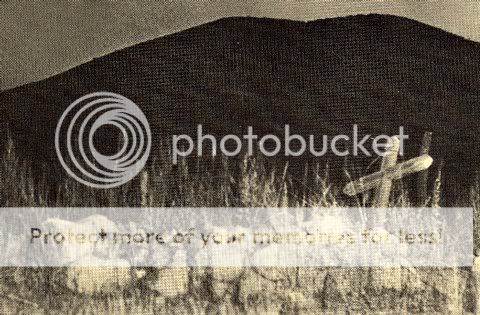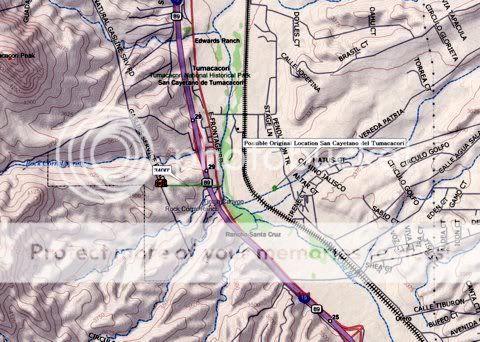cactusjumper
Gold Member
Roy,
There is interest in the subject, so I see no harm in continuing the conversation.
"I would also point out that in the newspaper article cited (it was run in other newspapers as well, with slight variations in the amount of detail rather than factual differences) it was a Jesuit priest whom recovered the treasure; do you think that a Jesuit priest would be likely to bring forward Jesuit treasure to have it authenticated? I kind of doubt that."
I agree that it would be illogical for a Jesuit to have the treasure authenticated. At the same time, it would be illogical for a Jesuit Priest to roll into town, announce that he is a Jesuit, and talk about locating and removing a Jesuit treasure from Tumacacori.
None of the physical details mentioned about the mission could have been true. Other than that, It was a fine yarn. The fact that other newspapers picked up the story has no bearing, for me, as to it's truthfulness. Newspapers have often been accused of not letting the truth/facts get in the way of a good story.
Take care,
Joe
There is interest in the subject, so I see no harm in continuing the conversation.
"I would also point out that in the newspaper article cited (it was run in other newspapers as well, with slight variations in the amount of detail rather than factual differences) it was a Jesuit priest whom recovered the treasure; do you think that a Jesuit priest would be likely to bring forward Jesuit treasure to have it authenticated? I kind of doubt that."
I agree that it would be illogical for a Jesuit to have the treasure authenticated. At the same time, it would be illogical for a Jesuit Priest to roll into town, announce that he is a Jesuit, and talk about locating and removing a Jesuit treasure from Tumacacori.

None of the physical details mentioned about the mission could have been true. Other than that, It was a fine yarn. The fact that other newspapers picked up the story has no bearing, for me, as to it's truthfulness. Newspapers have often been accused of not letting the truth/facts get in the way of a good story.

Take care,
Joe







 All the mines found by the early Anglos must not have existed, and there were no missions, it is all a made up story. In fact, when the Jesuits were rounded up in New Spain, they were not found to have 725,000 head of cattle, 47,000 oxen, 99,000 horses, 230,000 sheep, 14,000 mules, and 8,000 donkeys; the many millions in gold and silver discovered in Jesuit accounts by Europeans during the Suppression must be more made up treasure-hunter fiction; the La Compana Jesuit church in Quito, Ecuador doesn't REALLY display seven TONS of gold either, that is all made up by treasure hunters.
All the mines found by the early Anglos must not have existed, and there were no missions, it is all a made up story. In fact, when the Jesuits were rounded up in New Spain, they were not found to have 725,000 head of cattle, 47,000 oxen, 99,000 horses, 230,000 sheep, 14,000 mules, and 8,000 donkeys; the many millions in gold and silver discovered in Jesuit accounts by Europeans during the Suppression must be more made up treasure-hunter fiction; the La Compana Jesuit church in Quito, Ecuador doesn't REALLY display seven TONS of gold either, that is all made up by treasure hunters. 

